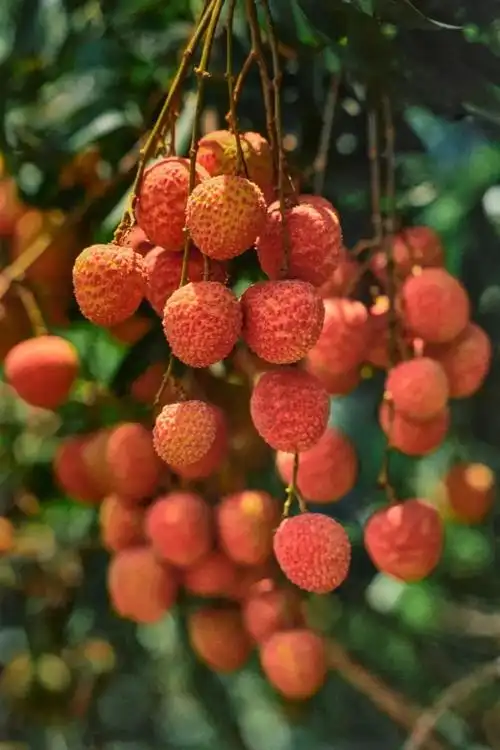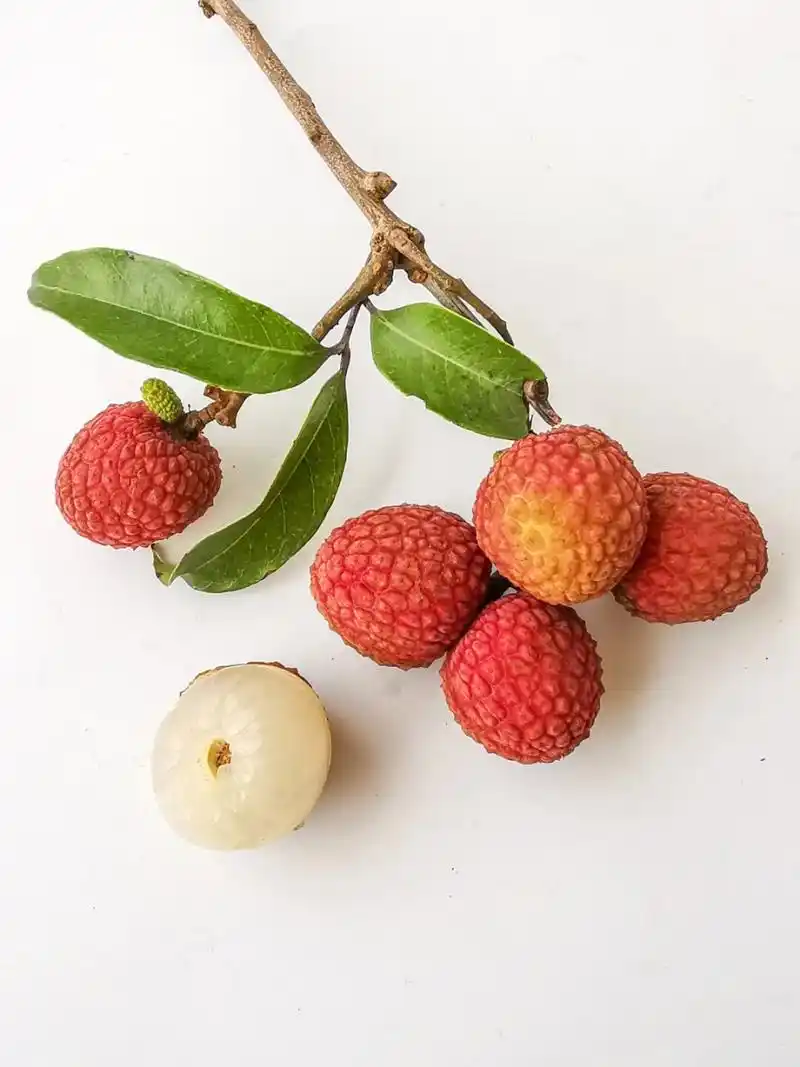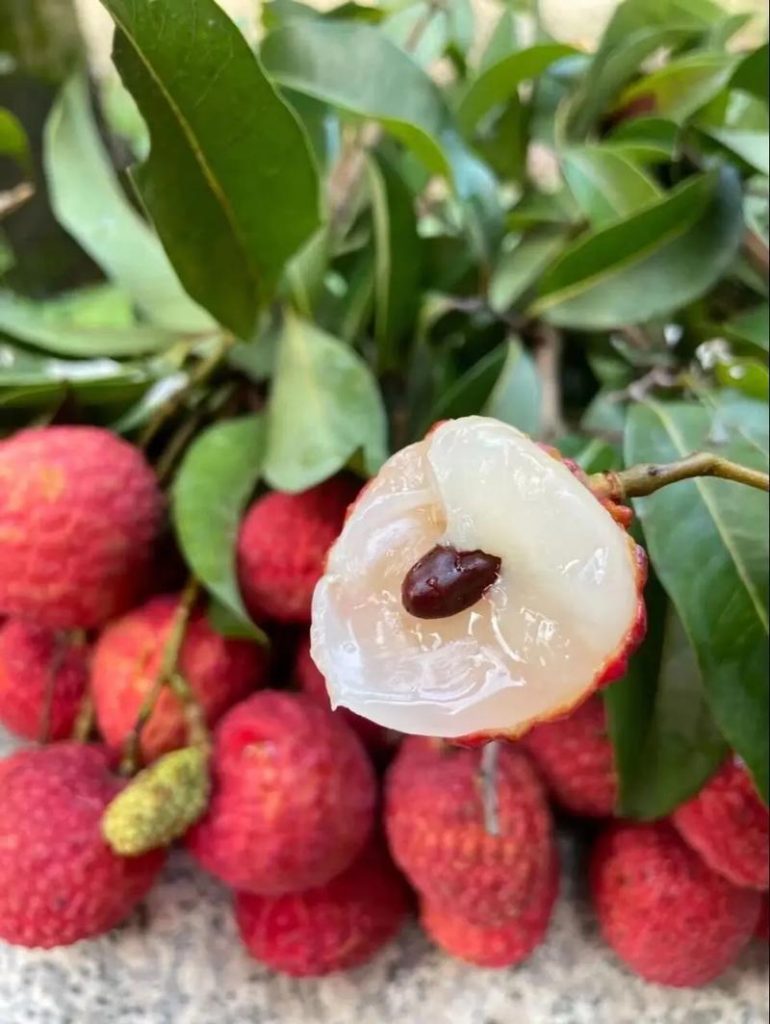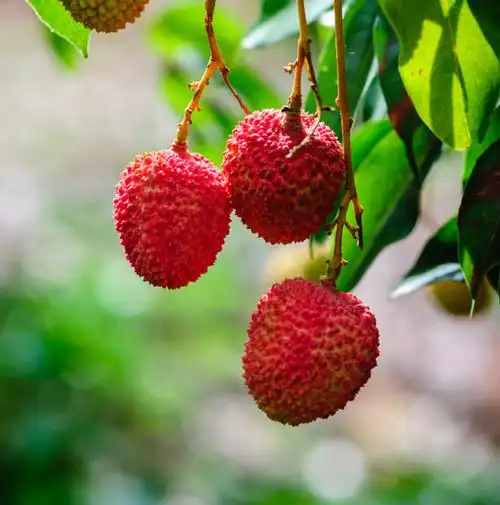





China’s dominance in global lychee production is matched by its robust network of export companies that specialize in delivering this exotic fruit to markets worldwide. With a reputation for quality, competitive pricing, and logistical expertise, Chinese lychee exporters play a pivotal role in satisfying the growing international demand. This article explores how these companies operate, what makes them stand out, and how to partner with the right exporter for your business.
—
Why Partner with Chinese Lychee Export Companies?
1. Unmatched Production Capacity
China produces over 70% of the world’s lychees, with key growing regions like Guangdong, Guangxi, and Hainan ensuring year-round supply. Export companies leverage this scale to offer competitive pricing and reliable volume for bulk buyers.
2. Advanced Quality Control
Leading exporters adhere to Global G.A.P., ISO 22000, and BRCGS certifications, ensuring compliance with international food safety standards. Many employ blockchain traceability systems, allowing buyers to track lychees from farm to port.
3. Diverse Product Offerings
Exporters provide fresh, frozen, and even processed lychee products (e.g., canned lychee, lychee juice concentrate) to cater to different market needs. Custom packaging, private labeling, and mixed-container options are often available.
4. Efficient Global Logistics
Experienced exporters streamline shipping via air, sea, or land freight. They handle cold chain management, customs clearance, and documentation (e.g., phytosanitary certificates, COA), minimizing delays and preserving freshness.
—
Key Regions for Lychee Export Operations
– Guangdong Province: Home to 60% of China’s lychee farms, exporters here focus on premium varieties like Feizixiao and Nuomici.
– Hainan Island: Known for organic lychee exports due to its pristine environment and low pesticide use.
– Fujian Province: Specializes in late-season lychees, extending export availability into August.
—
How to Choose a Reliable Lychee Export Partner
1. Verify Certifications and Compliance
Ensure the exporter meets standards required by your country (e.g., FDA, EU Organic). Request audit reports or third-party inspection certificates.
2. Assess Supply Chain Transparency
Top exporters provide detailed information on sourcing farms, harvest dates, and processing methods. Some offer live video inspections or farm visit arrangements.
3. Evaluate Logistics Capabilities
Prioritize companies with:
– Temperature-controlled warehouses.
– Partnerships with global freight forwarders (e.g., Maersk, DHL).
– Experience shipping to your region (e.g., avoiding routes prone to delays).
4. Review Customer Support
Look for multilingual sales teams, flexible payment terms (e.g., LC, TT), and responsive after-sales service to resolve issues like shipment delays or quality disputes.
—
Understanding Lychee Export Seasons and Pricing
– Harvest Period: May to July (peak in June). Frozen lychees are available year-round.
– Pricing Factors:
– Variety: Rare cultivars (e.g., Sweetheart lychee) cost 20–30% more than common types.
– Volume: Bulk orders (20+ tons) often qualify for discounts.
– Logistics: Air freight costs 3–5x more than sea freight but ensures faster delivery.
—
Sustainability and Ethical Practices
Forward-thinking Chinese exporters are adopting eco-friendly initiatives, such as:
– Carbon-Neutral Shipping: Offsetting emissions via reforestation projects.
– Zero-Waste Packaging: Using biodegradable materials or reusable crates.
– Fair Trade Partnerships: Ensuring farmers receive equitable wages and training in sustainable farming techniques.
—
Market Trends Driving Lychee Exports
1. Rising Demand for Exotic Fruits
Health-conscious consumers in Europe, North America, and the Middle East are embracing lychees for their vitamins, antioxidants, and unique flavor.
2. Growth in E-Commerce
Exporters are partnering with platforms like Alibaba and Amazon Global Selling to reach direct-to-consumer markets.
3. Innovation in Processing
Freeze-dried lychee snacks and NFC (not-from-concentrate) lychee juice are gaining popularity as shelf-stable alternatives.
—
Steps to Start Importing Lychee from China
1. Define Your Needs: Determine volume, variety, packaging, and budget.
2. Shortlist Exporters: Use B2B platforms (e.g., Alibaba, Global Sources) or trade fairs like the China-ASEAN Expo.
3. Request Samples: Test product quality, sweetness, and shelf life.
4. Negotiate Contracts: Clarify Incoterms (e.g., FOB, CIF), payment terms, and liability clauses.
5. Monitor First Shipment: Track transit times and inspect goods upon arrival.
—
Conclusion
Chinese lychee export companies combine agricultural heritage with cutting-edge technology to deliver a product that meets global standards. By prioritizing certified partners with transparent operations and robust logistics, importers can secure a steady supply of high-quality lychees and capitalize on this fruit’s rising popularity.
For best results, build long-term relationships with exporters, stay informed about market trends, and regularly audit supply chains to ensure consistency.
Article link:https://www.vlefooena.com/manufacturer/3534/

No reply content